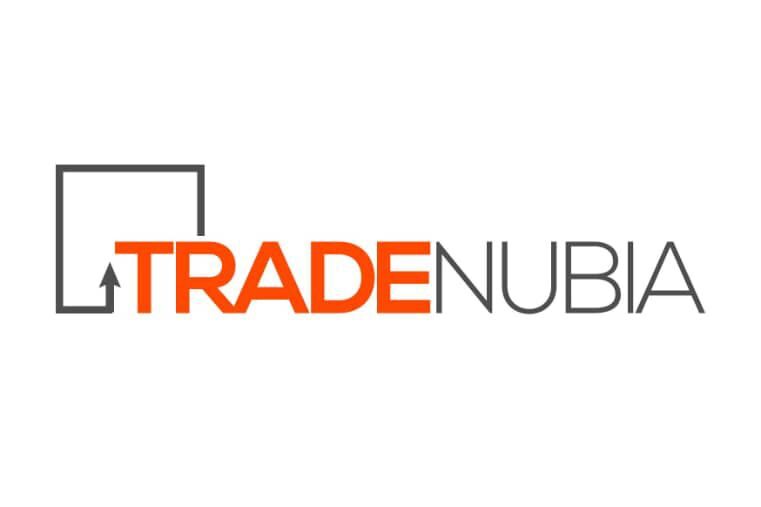🌰 What is Cocoa Butter?

Cocoa butter, also known as theobroma oil, is the pale-yellow fat extracted from cocoa beans—the same seeds used to make chocolate. Harvested from the tropical Theobroma cacao tree, cocoa butter is prized for its smooth texture, mild aroma, and skin-loving properties.While most people associate it with chocolate, cocoa butter is also a staple in cosmetics, pharmaceuticals, and traditional medicine—bridging rural economies and multinational industries in a remarkable value chain.
🏡 Cottage Uses of Cocoa Butter
In cocoa-producing countries like Ghana, Côte d’Ivoire, Nigeria, and Ecuador, smallholder farmers and artisans often extract cocoa butter manually or using small-scale presses. Though labor-intensive, these local methods retain high nutrient content and distinctive natural aromas.
Traditional uses in rural and cottage settings include:
- Skincare: Used to treat dry skin, chapped lips, and stretch marks
- Massage balm: Acts as a gentle, warming moisturizer with a natural chocolate scent
- Medicinal applications: Employed to soothe rashes, burns, and irritations
The byproduct of butter extraction—cocoa cake—is often repurposed locally into natural soaps or scrubs, making cocoa a no-waste resource.
🏭 Industrial Applications of Cocoa Butter
As global demand for plant-based, natural fats continues to grow, cocoa butter remains a backbone of multiple industries: food, cosmetics, and pharmaceuticals.
🍫 1. Chocolate & Confectionery
Cocoa butter is essential to the smooth, melt-in-the-mouth texture of chocolate. It gives chocolate its snap, gloss, and mouthfeel, making it irreplaceable in premium confectionery.
- White chocolate: Made almost entirely from cocoa butter, sugar, and milk solids
- Compound chocolates: Blend cocoa butter with alternatives like palm oil for cost savings
💄 2. Cosmetics & Skincare
Thanks to its rich emollient properties, cocoa butter is used in:
- Body butters and creams
- Lip balms and glosses
- Stretch mark prevention products
It contains oleic, palmitic, and stearic acids, which are easily absorbed and help restore skin elasticity. Brands like Palmer’s and The Body Shop have long relied on cocoa butter in their hero products.
💊 3. Pharmaceuticals
Cocoa butter serves as a natural suppository base and ointment carrier in pharmaceutical formulations because it melts at body temperature—a unique trait that enhances absorption without irritation.
🌱 Benefits & Sustainability of Cocoa Butter
Beyond its commercial appeal, cocoa butter boasts therapeutic properties, environmental advantages, and community benefits.
✅ Health & Skin Benefits
- Moisturizing: Deep hydration for dry, cracked skin
- Antioxidant-rich: Contains polyphenols that may protect against oxidative stress
- Anti-inflammatory: Helps calm skin and reduce redness
🌍 Sustainability & Ethics
- Agroforestry: Cocoa is increasingly grown in shaded, mixed-crop systems that support biodiversity
- Ethical sourcing: Programs like Fair Trade Cocoa, Rainforest Alliance, and UTZ Certified aim to combat child labor, ensure fair wages, and promote sustainable practices
- Carbon impact: Cocoa trees can contribute to carbon sequestration, especially when integrated with shade-grown models
👩🏾🌾 Social Impact
Cocoa farming supports millions of smallholder farmers in the tropics. While cocoa butter production is more often industrialized than shea butter, value-added processing at the local level is growing, helping farmers and women-led cooperatives capture more economic value.
✍️ Final Thoughts
Cocoa butter is more than just a byproduct of your favorite chocolate—it’s a multifunctional marvel that serves communities, corporations, and conscious consumers alike. From West African farms to global skincare shelves, this golden fat continues to prove that natural products can be both luxurious and life-changing.
Curious how cocoa butter compares to shea butter or mango butter? Follow our blog for our upcoming “Butter Breakdown” series.
📚 References
- Afoakwa, E. O. (2010). Chocolate Science and Technology. Wiley-Blackwell.
- Lipp, M., & Anklam, E. (1998). Review of cocoa butter and alternatives. European Food Research and Technology, 206(1), 1–16.
- ICCO (International Cocoa Organization). (2022). Sustainability of the Global Cocoa Economy.
- Codex Alimentarius. (2011). Standard for Chocolate and Chocolate Products (CODEX STAN 87-1981).
- Minifie, B. W. (2012). Chocolate, Cocoa and Confectionery: Science and Technology. Springer.
- Fair Trade International. (2023). Impact Report on Ethical Cocoa Sourcing.


Leave a Reply